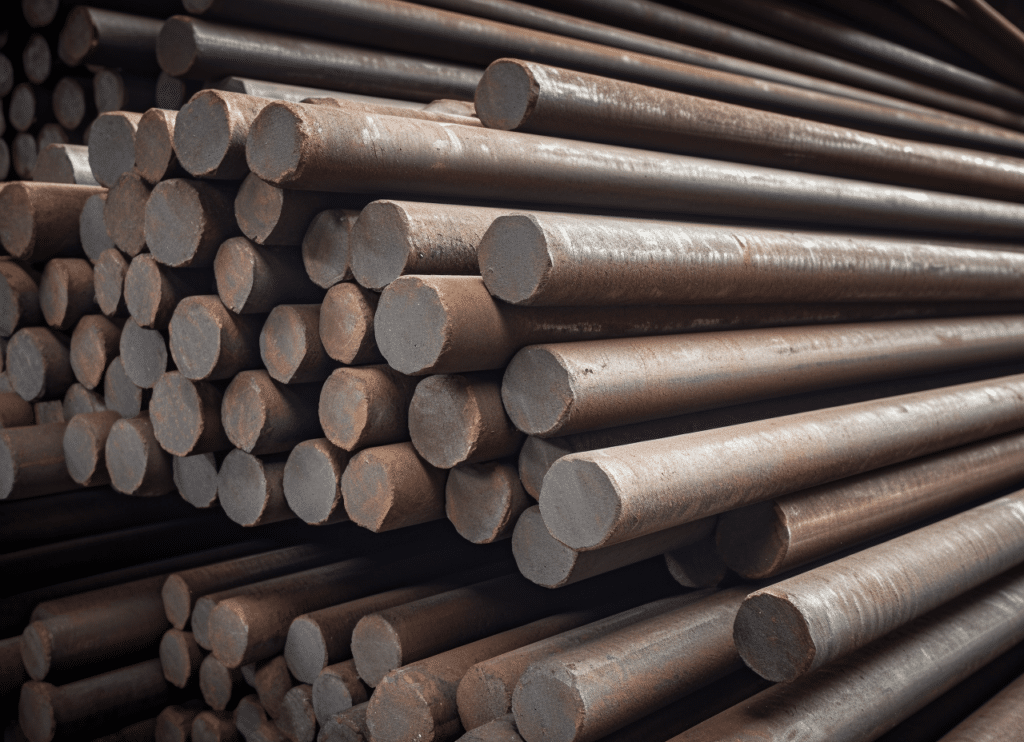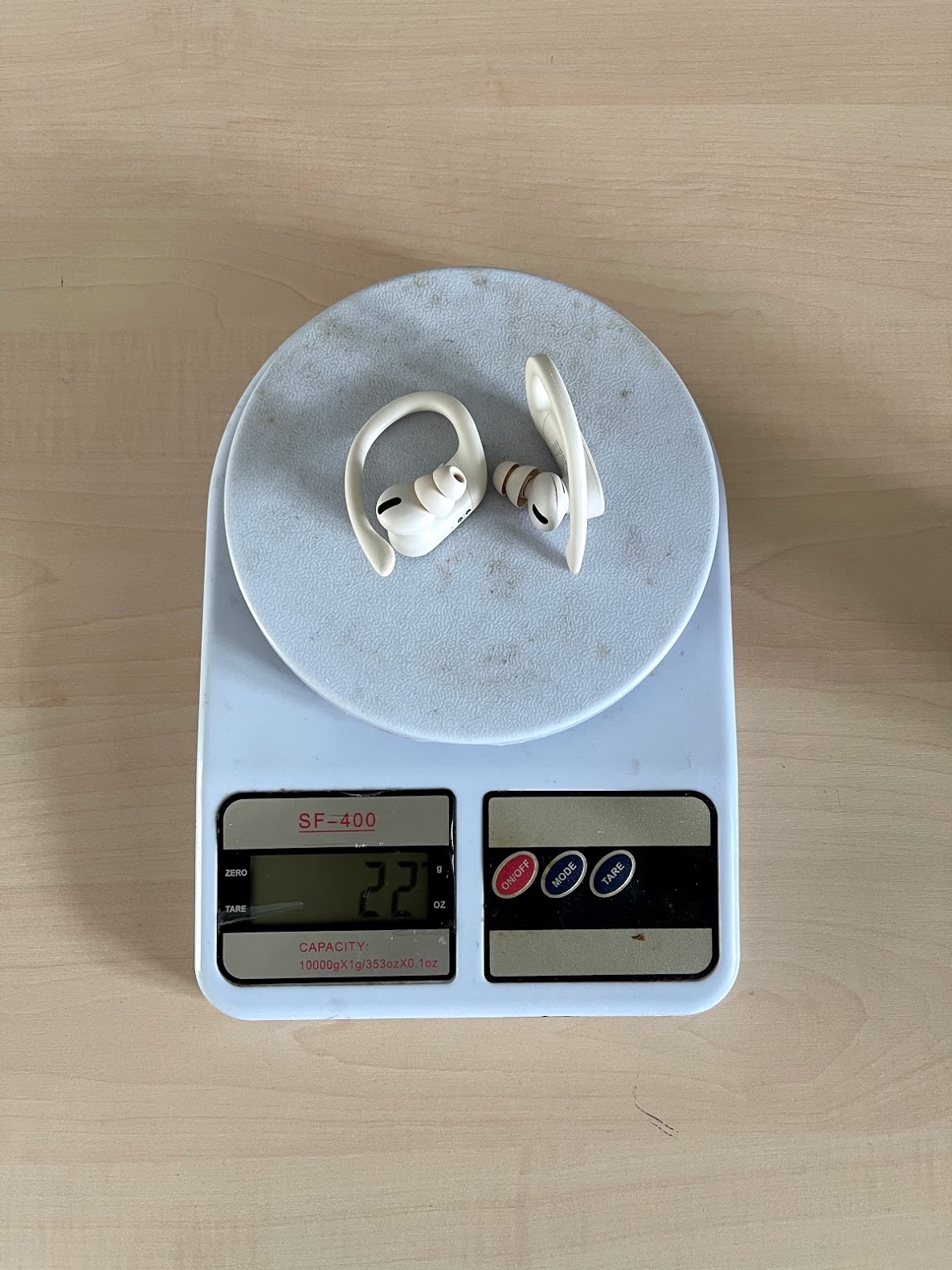Interesting fact: Rebar is a bar or mesh of steel used in reinforced concrete structures to increase bending and tensile strength. It is a key element in modern construction.
The answer to the question: The weight of the rebar depends on its diameter, length and material. For example, steel rebar with a diameter of 10 mm and a length of 1 metre weighs approximately 0.62 kg. Specific dimensions and material are required to determine the weight more accurately.
Here are weight examples for some of the most popular rebar sizes (weights are for a 1 metre long bar):
- Fittings Ø6 mm: Weight approx. 0.22 kg/m
- Fittings Ø8 mm: Weight approx. 0.40 kg/m
- Fittings Ø10 mm: Weight approx. 0.62 kg/m
- Fittings Ø12 mm: Weight approx. 0.89 kg/m
- Fittings Ø14 mm: Weight approx. 1.21 kg/m
- Fittings Ø16 mm: Weight approx. 1.58 kg/m
- Fittings Ø18 mm: Weight approx. 2.00 kg/m
- Fittings Ø20 mm: Weight approx. 2.47 kg/m
- Fittings Ø22 mm: Weight approx. 2.98 kg/m
- Fittings Ø25 mm: Weight approx. 3.85 kg/m
- Fittings Ø28 mm: Weight approx. 4.83 kg/m
- Fittings Ø32 mm: Weight approx. 6.31 kg/m
- Fittings Ø36 mm: Weight approx. 7.99 kg/m
- Fittings Ø40 mm: Weight approx. 9.87 kg/m
On the history of the subject matter and the importance of weight: Rebar was first widely used in the early 20th century and has become a fundamental part of modern construction. Knowing the weight of rebar is important for transport, storage and installation. Accurate weight helps engineers and builders to ensure the reliability and safety of the structure, and to control project costs.
Last Updated on 14.11.2023
Comments: 0 Liked: 0



